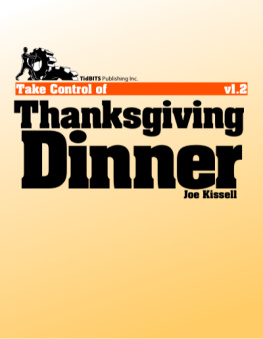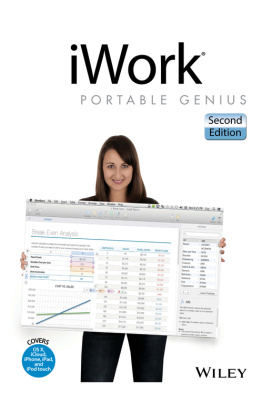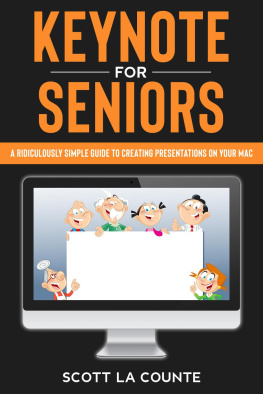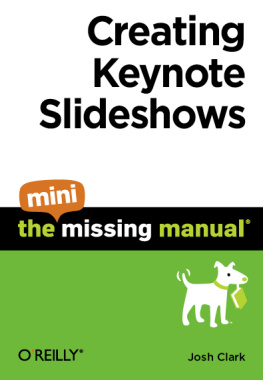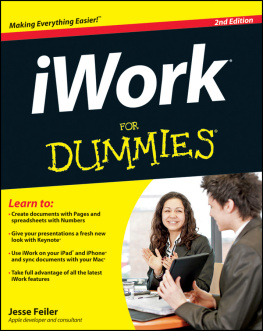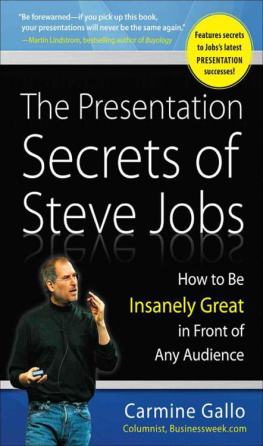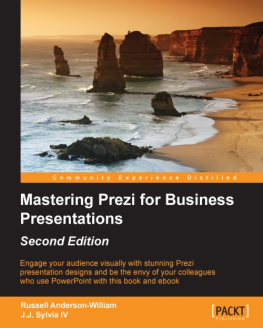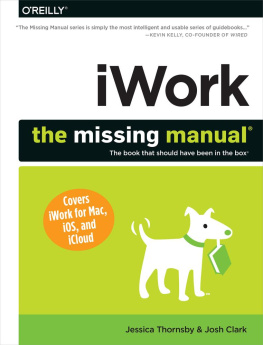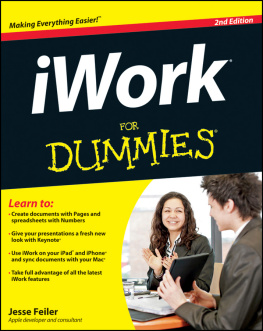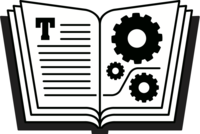This book helps you create smarter, more attractive presentations using Apples Keynote app. It includes planning, organizing, and laying out slides; adding animation and other special effects; and customizing themes. It also offers guidance in rehearsing and delivering your presentation.
If you want to share this ebook with a friend, we ask that you do so as you would with a physical book: lend it for a quick look, but ask your friend to buy a copy for careful reading or reference.
Copyright 2015, alt concepts inc. All rights reserved.
You can access extras related to this ebook on the Web (use the link in , near the end; its available only to purchasers). On the ebooks Take Control Extras page, you can:
If you bought this ebook from the Take Control Web site, it has been added to your account, where you can download it in other formats and access any future updates. However, if you bought this ebook elsewhere, you can add it to your account manually; see .
To review background information that might help you understand this book better, such as finding System Preferences and working with files in the Finder, read Tonya Engsts free ebook Read Me First: A Take Control Crash Course, available for free on the Web or as a standalone ebook in PDF, EPUB, and the Kindles Mobipocket format.
Introduction
Among people who create presentations frequently, Microsofts PowerPoint has long been so dominant that the name has become a generic termI often hear people say things like she showed a PowerPoint rather than she showed a presentation or she showed a slide deck. But with all due respect to PowerPoint, which is in fact a fine app, Keynote is what the cool kids use these days.
Keynote, like PowerPoint, is a tool for creating sequences of visual elements, typically used as supporting material for live presentations such as speeches, training programs, comedy routines, and sermons. But because the format is so flexible, its often used for other things tooeverything from self-playing presentations that run on museum kiosks to mockups of apps and Web pages (somewhat in the style of HyperCard, for those who remember it).
Presentations can include extremely fancy animations and visual effects, spreadsheet-like tables, interactive charts, audio and video elements, and much more. Sadly, though, most of the Keynote (and PowerPoint) presentations I see are boringslide after slide of dense, static, bulleted lists, read nearly verbatim by the presenter. Conversely, Ive seen far too many presentations that overdo special effects to the point that they distract the audience from the content (as though visual pizazz can substitute for a well-constructed performance).
In this book, Id like to help you solve both of those problems by showing you how to use Keynote as effectively as possible. Part of what Ill discuss is figuring out what you want to say, how best to support your ideas visually, and how to use Keynotes live presentation features (where applicable) to their best advantage. The other part, however, is explaining the mechanics of Keynotehow to go about constructing, arranging, and beautifying your presentations, making use of a surprisingly large and diverse set of capabilities.
This is not intended as a comprehensive reference. I ignore some features completely, and I mention others only in passing. For example, you dont need me to spell out how to make text bold, how to save a file, or how to copy and paste, because Keynote does these things the same way as most other Mac apps.
In addition, for some details Ill refer you elsewherefor example, the formulas and calculations available in Keynotes tables would require many pages to document completely, but theyre nearly the same as what Numbers offers, and Take Control has a terrific book on Numbers already (Sharon Zardettos Take Control of Numbers).
But if youre curious about a feature that Ive omitted, dont forget that Keynote has pretty good built-in helpchoose Help > Keynote Help to view it. Although its a bit dry and not nearly as detailed as this book in most respects, its not half bad.
This book covers Keynote 6 (the latest update, as of publication date, is 6.5.3), which requires OS X 10.9 Mavericks or later. Although the iOS and Web versions of Keynote are accessible from other operating systems, I dont describe them in detail, but I do give an overview of how they compare to the Mac version in .
Keynote Quick Start
As you work with Keynote, you can refer to the topics in this book in any order to get help with particular features or tasks. However, I recommend that everyone read the first two chapters () before jumping in, as they will inform the decisions you make throughout each presentation.
Get ready:
- Take a quick tour of Keynotes main window and learn about key concepts and terms. See .
- Before you start constructing slides, make sure your goals are clear. See .
Design your presentation:
- Choose a theme, add some blank slides, and arrange them to fit the outline you want to follow. See .
- Arrange the elements on a slide, and add presenter notes. See .
- Learn about the special features for pictures, video, music, and shapes in your presentation. See .
- Format your text, including font, sizes, styles, bulleted and numbered lists, and multiple columns. See .
Enhance your presentation:
- Spice up dull numerical data with a visual component. See .
- Save effort with user-defined styles that let you quickly format (and reformat) text, graphics, and more. See .
- Add motion and sparkle to your slides. See .
- Edit master slides and even create entirely new themes to give your presentations a custom look and feel. See .
Deliver your presentation:
- Set up your monitor(s), rehearse and fine-tune your talk, and use Keynotes numerous playback features in person or remotely. See .
- Not all presentations have a live presenter. If yours is designed to stand on its ownespecially if it will play automatically with a prerecorded soundtrackyoull need to follow some extra steps. See .
Deal with other odds and ends:
- Learn about local and cloud storage options, using passwords, sharing presentations, printing, exporting, and other housekeeping tasks in .
- Learn whats different in the iOS and Web versions of Keynote. See .




